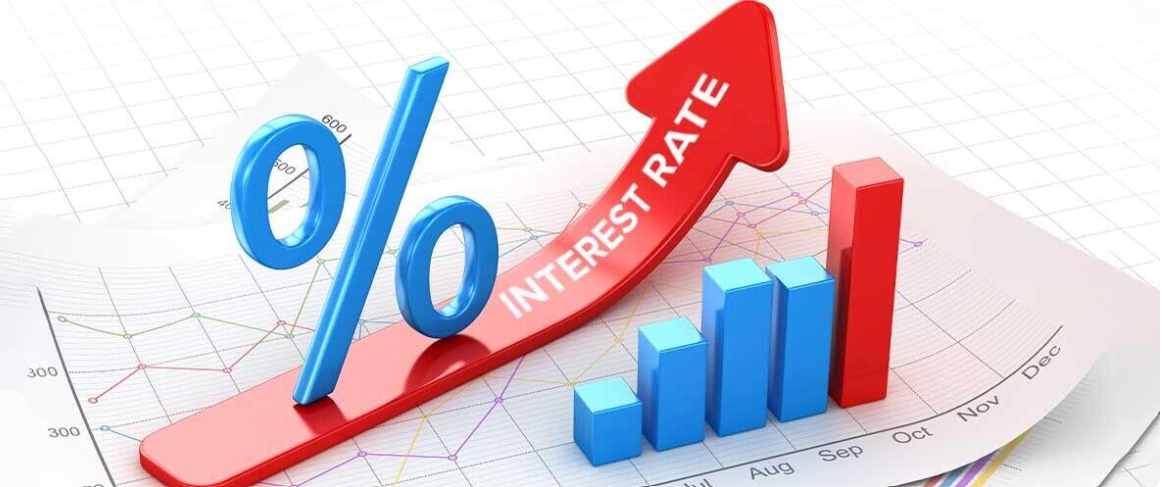Understanding the Relationship Between Home Loan Rates and RBI's Repo Rate Movement
In the realm of personal finance, few decisions hold as much significance as securing a home loan. For many, buying a home represents a lifelong dream, and the terms of the loan can greatly impact financial stability and overall well-being. One crucial factor influencing home loan rates is the monetary policy set by the Reserve Bank of India (RBI), particularly its decisions regarding the repo rate. In this blog post, we delve into the intricate relationship between home loan rates and the movement of the RBI's repo rate.
What is the Repo Rate? Before diving into the correlation between home loan rates and the repo rate, it's essential to understand what the repo rate entails. The repo rate is the interest rate at which the RBI lends money to commercial banks for short periods, typically up to 90 days. It serves as a tool for the central bank to regulate liquidity, inflation, and economic growth within the country.
Impact on Home Loan Rates: The repo rate set by the RBI has a significant ripple effect across the economy, including the housing market. When the RBI decreases the repo rate, it becomes cheaper for banks to borrow money from the central bank. Consequently, banks tend to lower their lending rates, including those for home loans, to attract borrowers and stimulate economic activity.
Conversely, when the RBI raises the repo rate, borrowing becomes costlier for banks. In response, banks may increase their lending rates, including home loan rates, to maintain profitability and mitigate risks associated with higher borrowing costs. Thus, the movement of the repo rate directly influences the interest rates offered to home loan borrowers.
Transmission Mechanism: The transmission mechanism refers to the process through which changes in the repo rate are passed on to consumers, including home loan borrowers. While the RBI directly controls the repo rate, the transmission of rate changes to retail lending rates involves various intermediaries, including commercial banks, financial markets, and government policies.
Commercial banks, as primary lenders, play a pivotal role in transmitting changes in the repo rate to their lending products, such as home loans. However, the effectiveness and speed of transmission can vary based on several factors, including the bank's liquidity position, competition in the market, regulatory environment, and overall economic conditions.

